Electra Complex (PART 2 OF 4)

Really?...How far did Sabina go beyond your understanding?

Sabina isn't just a mentally ill seductress but she is a woman stifled by expectation, attempting to grapple with the intense shame of repressed sexuality.
Oh... the intense shame of repressed sexuality?
Yes, with Carl Jung's help, Sabina was trying to speak some unspeakable things no one had ever asked her to articulate before. This is the talking care, and this is what the movie's title means---"A Dangerous method."
I see...sounds fascinating. But what are those unspeakable things?
Well..., Sabina is a young attractive woman, coming from a wealthy family of a respectable middle or upper class. Apparently, she has an intense shame of repressed sexuality, but she tries to speak out that she was once sexually aroused by her father beating her to the point that she masturbated. This is the thing I cannot understand.
So, Sabina is quite mazochistic, eh?
You're telling me, Kato...Sabina tried to speak out but couldn't let these things out of her mouth. This is where her facial deformity comes from.
Facial deformity?
Yes, Sabina's jaw is practically dislocated by fierce tics and her body is contorted as she convulses.
Wow!...must be a quite shocking scene.
Yes, it is indeed.
You know what, Diane? I think, the relation between Sabina and her father is a strange case of Electra Complex.
Why is that?
You see, Diane...Sabina was once sexually aroused by her father beating her to the point that she masturbated.
Yes, that's right. This is the thing I cannot understand.
You know what, Diane? Sabina is close-minded while you're open-minded. That's the reason you cannot understand her erotic arousal by her father's beating.
How come Sabina is close-minded in the first place?
Sabina was living in the Victorian era, in which you could not speak publicly about sex, childbirth, and such matters, at least in the respectable middle and upper classes.
But upper-class men and women indulged in adulterous liaisons in those days, didn't they?
You're right on, Diane. I think, a double standard existed in the Victorian era.
But kato, do you really think that Sabina loved his father?
Yeah, I belive so ... 'cause she was sexually aroused by her father's beating.
I doubt...'cause love is not the same as mere sexual arousal. Sabina might have been aroused by the beating even if she had hated her father.
I see...but that's the reason I would call this case as a strange one of Electra Complex. If Sabina had lived in the post-World War II era in Japan, she might have enjoyed her life with her father as Noriko lived with her father.
Who's Noriko?
She is a heroine played by Setsuko Hara, the famous Japanese actress, in the movie: "Late Spring" directed by Yasujiro Ozu.

(hara112.jpg)
Setsuko Hara
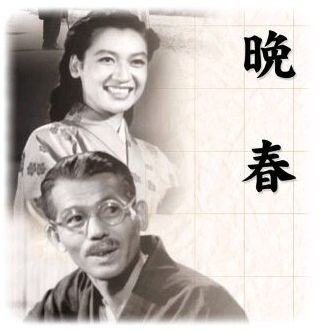
(hara111.jpg)
"Late Spring" sketch
<iframe width="420" height="315" src="http://www.youtube.com/embed/P7m1GdMLrGk" frameborder="0" allowfullscreen></iframe>
Late Spring (晩春) is a critically acclaimed black-and-white Japanese film drama, directed by Yasujirō Ozu (1903–1963), first released in Japan in September 1949.
Based on the short novel "Father and Daughter (父と娘)" by Kazuo Hirotsu, the story concerns a young woman who lives happily in Kamakura with her kindly professor father, a widower.
He decides that she must find a husband and, despite initial resistance, she accepts the inevitability of their separation and marries, leaving the father alone.
The work belongs to the type of Japanese film known as shomingeki, a genre that deals with the ordinary daily lives of working class and middle class people of modern times.
The film stars Chishu Ryu, a performer featured in most of the director’s movies, and Setsuko Hara, making her first of six appearances in Ozu’s cinema.
It is the first installment of Ozu’s so-called “Noriko trilogy” — the others are Early Summer (晩秋, 1951) and Tokyo Story (東京物語, 1953) — in each of which Hara portrays a young woman named Noriko, though the three Norikos are completely distinct and unrelated characters, linked primarily by their status as single women in postwar Japan.
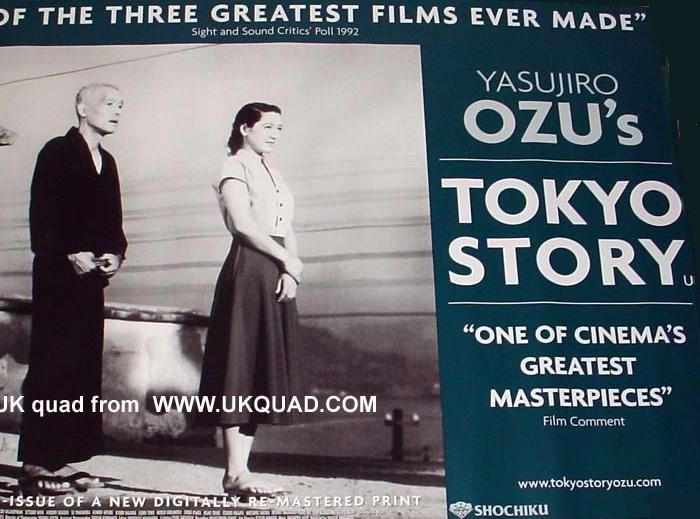
(tokyostory.jpg)
Late Spring is frequently regarded as the initial film of the director’s final creative period, "the major prototype of the director's 1950s and 1960s work," which is characterized by, among other traits, an exclusive focus on stories about families during Japan's immediate postwar era, a tendency towards extremely simple plots and the use of a generally static camera.
Late Spring is also sometimes seen as either a forerunner, or one of the first major examples, of Japanese cinema's so-called “Golden Age,” a period of exceptional cinematic quality, widely regarded as having begun at the turn of the 1950s, about the time this movie was first shown.
The film was very well received on its initial release, and its reputation has not diminished with the years.
In 1950, it was awarded the prestigious Kinema Jumpo critics' award as the best Japanese production released in 1949.
In 1972, the movie was commercially released in the United States, again to near-unanimous acclaim.
Late Spring has sometimes been referred to as the director's "most perfect" work, and has been called "one of the most perfect, most complete, and most successful studies of character ever achieved in Japanese cinema."
SOURCE: "Late Spring"
Wikipedia, the free encyclopedia

I see some Japanese scenery in the above sketch, but I don't understand the story.

Well...I'll tell you the outline.

(hara121.jpg)
Aunt Masa and Noriko

Shukichi's sister, Aunt Masa, convinces him that it is high time his daughter got married. Noriko is friendly with her father’s assistant, Hattori, and Aunt Masa suggests to her brother that he ask Noriko if she might be interested in Hattori. When he does bring up the subject, however, Noriko laughs: Hattori already has been engaged to another girl for quite some time.
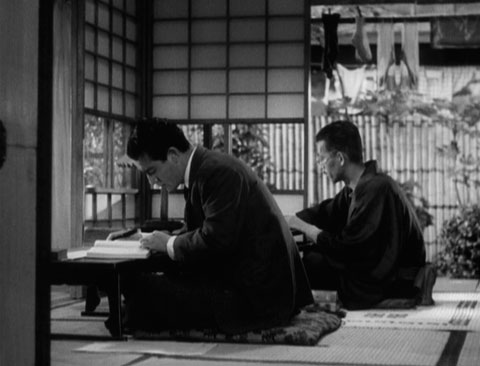
(hara120.jpg)
Hattori and Shukichi

Undaunted, Masa tries to serve as her niece’s matchmaker. She pressures Noriko to meet with a marriageable young man, a Tokyo University graduate named Satake who, Masa believes, bears a strong resemblance to Gary Cooper.
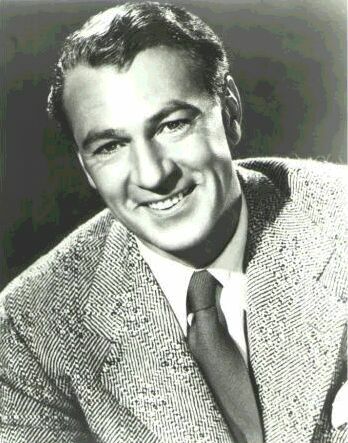
(gary03.jpg)
Gary Cooper

I like Gary Cooper, too.

Oh, do you? But Noriko declines.
How come?
Noriko doesn’t wish to marry anyone, because to do so would leave her father alone and helpless. Masa surprises Noriko by claiming that she is also trying to arrange a match between Shukichi and Mrs. Miwa, an attractive young widow known to Noriko. If Masa succeeds, it would mean Shukichi would have someone other than Noriko to care for him.
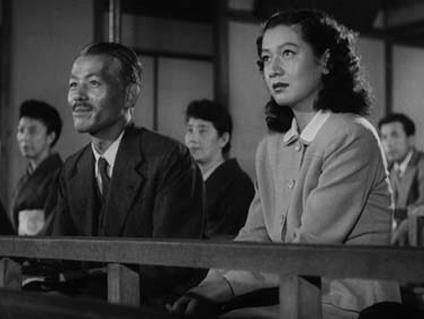
(hara110.jpg)
Shukichi and Noriko at a Noh theater

At a Noh performance attended by Noriko and her father, the latter nods to Mrs. Miwa, which triggers Noriko's jealousy.

(hara117.jpg)
Noriko and Mrs. Miwa

When her father later tries to talk her into going to meet Satake, he tells her that he intends to marry Mrs. Miwa. Devastated, Noriko reluctantly decides to meet the young man and, to her surprise, gains a very favorable impression of him. Shaken by thoughts of her father taking a second wife, Noriko gives in and consents to the arranged marriage with Satake. Noriko and her father go on one last trip before the wedding to Kyoto, where they meet Prof. Onodera and his family.
(To be continued)